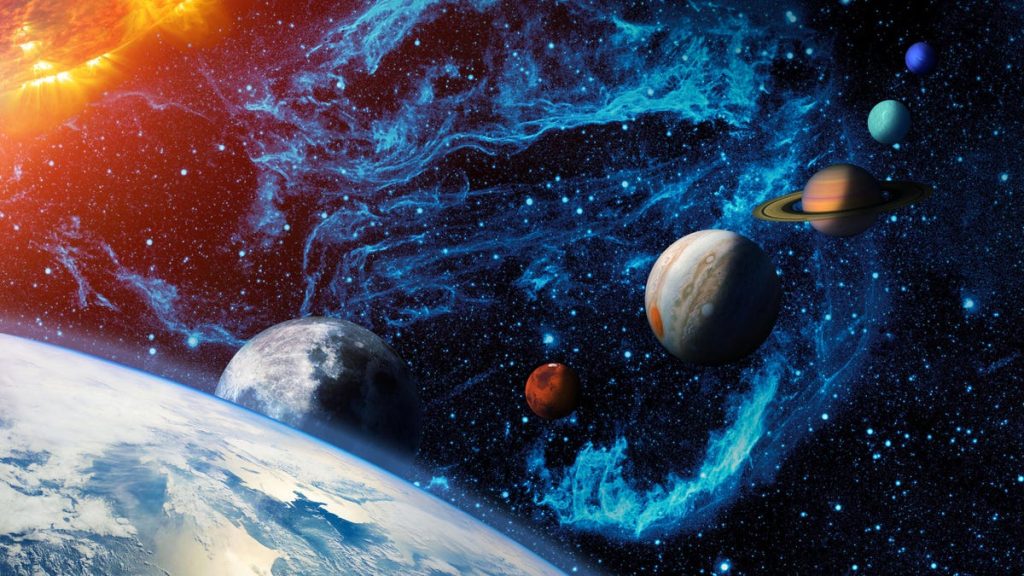A planetary parade is a celestial event where multiple planets line up in the sky, creating a visually stunning display for backyard skygazers. The next planetary parade is set to occur on June 3, with up to six planets visible in the early morning sky. Individuals with the naked eye will be able to see Jupiter, Mercury, Mars, and Saturn, while those with binoculars or telescopes may also catch a glimpse of Uranus and Neptune. This event marks the second planetary parade of the year, following one that coincided with the 2024 solar eclipse.
The best vantage point for viewing the planetary lineup on June 3 is in New York state, particularly between 5 a.m. ET and just before sunrise. Residents in various parts of the eastern seaboard, such as Florida and Ohio, will also have opportunities to see the planetary lineup at different times. However, Venus will be too close to the sun to be visible, and eventually, Mercury will become too close to the sun as well. Jupiter, Mars, and Saturn will remain visible in the morning sky for several weeks following the planetary parade, offering continued viewing opportunities.
The celestial event will be visible in different regions around the world, with some locations, such as Sydney, Australia, and Tokyo, able to see it as early as May 28. The rest of the world will have opportunities to witness the planetary parade between May 28 and June 6, with specific dates for various regions outlined. Tools such as the Sky Tonight app and Stellarium can help individuals determine the best viewing times and locations for observing the planetary parade.
While four of the planets will be visible with the naked eye for ideal locations, high-powered binoculars or telescopes will be needed to spot Neptune and Uranus due to their distance and brightness in the early morning sky. Cloudy weather and city lights can hinder viewing, so finding a dark, clear location is optimal for a better view. A planetary parade is a colloquialism for the visual phenomenon of planets lining up in the night sky, with varying definitions of what constitutes a small, large, or great alignment. NASA refers to this as a “parade of planets” and distinguishes it from a literal planetary alignment.
Smaller planetary parades occur regularly, with opportunities to witness three or four planets aligning in the sky throughout the year. Rare events, such as the upcoming planetary parade on Feb. 28, 2025, will feature all seven planets in our solar system visible at the same time, though a telescope may be necessary to view some of them. Future planetary parades are scheduled through 2025, offering skywatchers a chance to witness multiple planets lining up in the night sky over the coming years.


